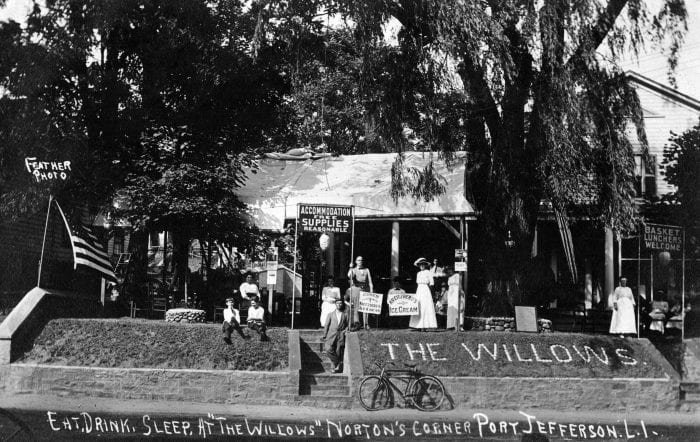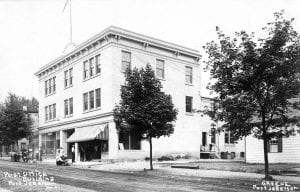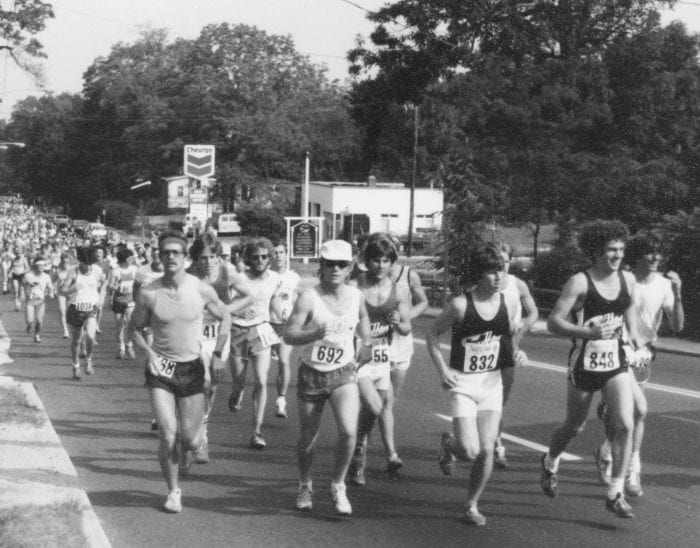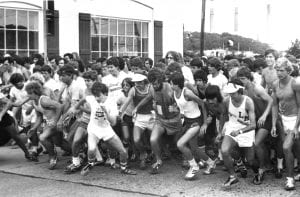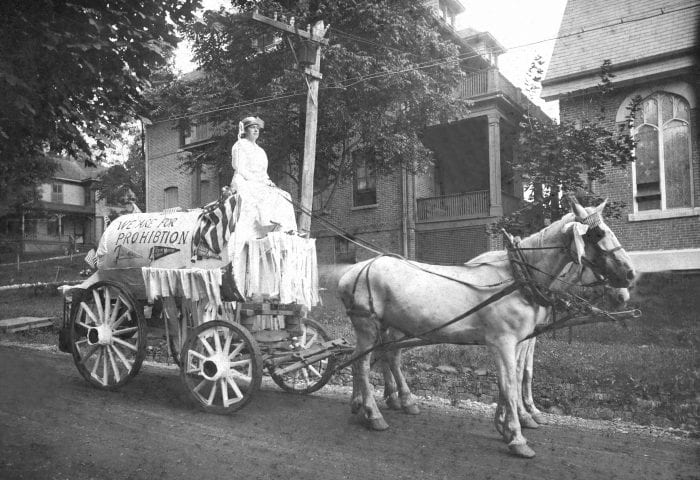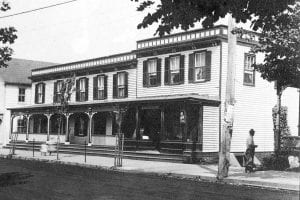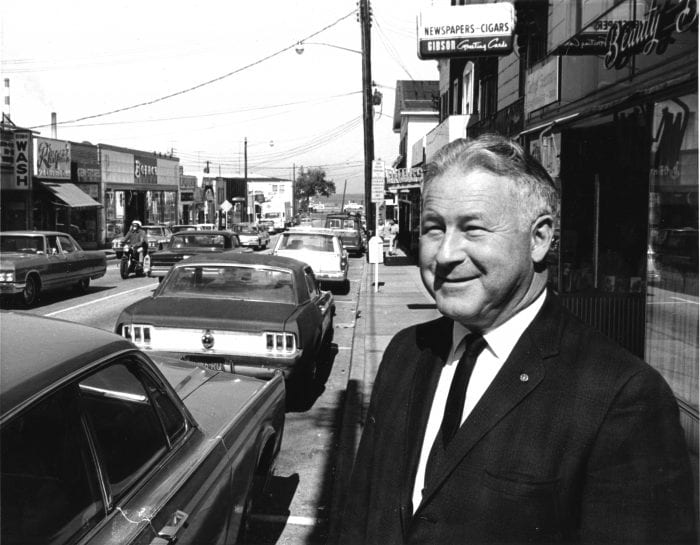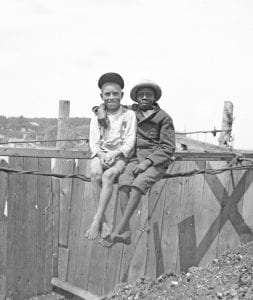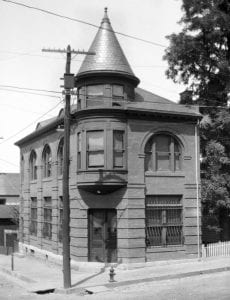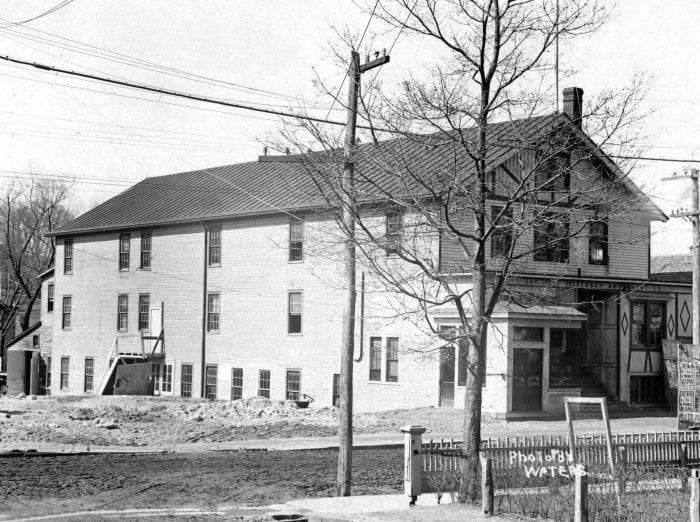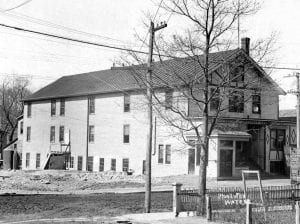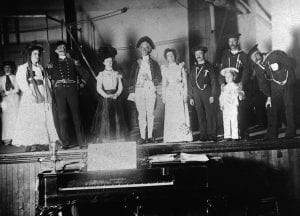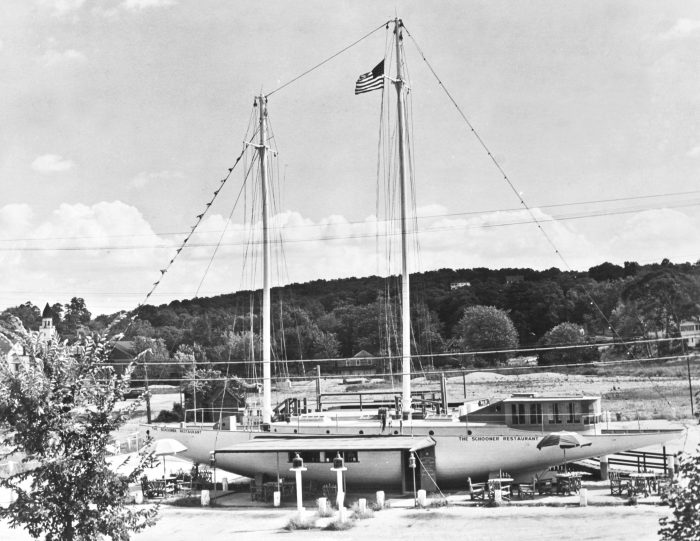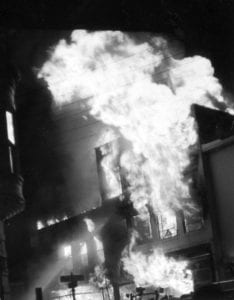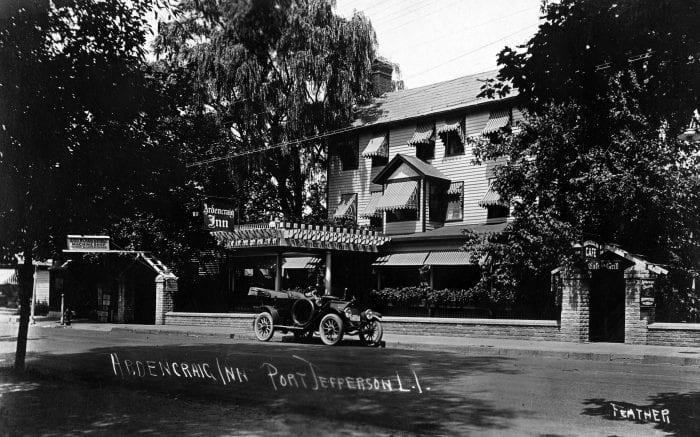Boarding houses were ubiquitous in Port Jefferson from the late 19th through the early 20th centuries.
In a typical Port Jefferson boarding house, guests rented one or more rooms, stayed for either a short-term or an extended period, and were provided with family-style meals and other amenities such as laundry services.
Some of the village’s boarding houses were small, private homes where the owners took in one or more lodgers as a way to supplement their income. Others were larger establishments, could accommodate a greater number of guests and operated strictly as a business.
In many cases, it was less expensive to live in a communal boarding house with its limited space and privacy than to stay in one of Port Jefferson’s hotels or to rent an apartment or a single-family home.
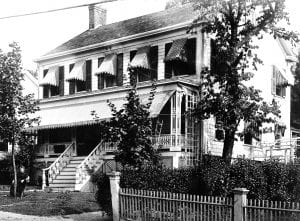
It is difficult to determine the exact number of boarding houses in bygone Port Jefferson since many of their keepers craved anonymity and were known only by word of mouth, but evidence from multiple sources confirms that boarding houses were once everywhere in the village and had a diverse clientele.
Newspapers provide a rich variety of information about Port Jefferson’s boarding houses and their lodgers. In an 1879 “Board Wanted” advertisement in the Brooklyn Daily Eagle, a family noted it was seeking “comfortable and airy” rooms in the village “for the summer” and expected a “first class” table.
The comings and goings of vacationers who boarded locally was regular fodder in the “Jottings” column of the Port Jefferson Echo which reported that 22 members of the Elks were staying at Mrs. Benjamin Odell’s on Beach Street.
Besides tourists, Port Jefferson’s boarding houses attracted unmarried workers. The diarist Azariah H. Davis recounted how telegraph operators on tight budgets boarded in rooms above Lee’s Drugstore on the village’s Main Street following the telegraph’s arrival in Port Jefferson in 1880. Census records from that year reveal that the village’s boarders also included newlyweds, transients, retirees and professionals.
Four of the village’s boarding house keepers advertised in Long Island, an 1882 travel guide published by the Long Island Rail Road. The proprietors listed, all women, were Mrs. C. L. Bayles, Mrs. E. B. Gildersleeve, Mrs. E. P. Tooker and Mrs. Hamilton Tooker.
Lain and Healy’s 1892 Brooklyn and Long Island Business Directory identified Port Jefferson’s 11 boarding house keepers, all women. The village’s female proprietors included Phoebe Beale, Ann Conk, Mary Tuthill and Mary Van Zandt.
Summer Homes on Long Island, the LIRR’s 1893 vacation guide, also listed Port Jefferson’s boarding house keepers, the majority women. They included Mrs. S. C. Abrew who charged from $5 to $8 per week for a room and Mrs. George E. Brown who could accommodate 21 guests at her Bay Side Cottage situated at Port Jefferson’s 303 West Broadway.
The Darlington House on Beach Street was listed in a 1908 LIRR travel guide, backed on the west shore of Port Jefferson Harbor, could accommodate 25 guests, and operated seasonally from June through September.
Renamed Shadow Lawn and kept by Mrs. Daniel Sprague, the boarding house was set ablaze on April 5, 1964 in a controlled burn by the Port Jefferson Fire Department.
The Linden House was located on Linden Place, offered residents “electric lights” and “reasonable rates,” and opened in 1915. In a glowing endorsement of the boarding house, one satisfied lodger said, “The meals are simply swell, and one gets more than it is possible to eat.”
The village’s other notable boarding houses were managed by keepers and located throughout Port Jefferson: Mrs. S. J. Powell (East Broadway); Mrs. Ellis Jones (Vineyard Place); Emma A. Rackett (Thompson Street); Mrs. Hebee Fowler (East Main Street); Louise Patterson (Belle Terre Road); Betty Greene (Bayview Terrace); and Mrs. John G. Clark (East Broadway).
While some boarding houses still survived on Thompson and other local streets as late as the 1960s, their numbers in the village had steadily declined because of several factors:
Automobiles and mass transportation made it possible to work in Port Jefferson and reside elsewhere. Boarding houses, which afforded food and shelter, were replaced by rooming and tourist houses, which furnished shelter alone, but gave their lodgers greater freedom and privacy.

With rising incomes, middle-class workers left boarding houses for their own homes or apartments, often leaving behind the poor, elderly and unemployed. Boarding houses were seen as less respectable, some arguing that their presence among single-family homes destroyed a neighborhood’s integrity and depressed property values.
Despite these legitimate concerns, boarding houses contributed to Port Jefferson’s economic growth by providing lodging for the employees in the village’s many industries, boosting ancillary businesses particularly real estate and establishing Port Jefferson as a vacationland.
Boarding houses also improved the social status of the village’s women, enabling them either to generate additional household income or make an independent living.
Perhaps most important, Port Jefferson’s welcoming boarding houses introduced thousands to the village in the comfortable surroundings of a home away from home.
Kenneth Brady has served as the Port Jefferson Village Historian and president of the Port Jefferson Conservancy, as well as on the boards of the Suffolk County Historical Society, Greater Port Jefferson Arts Council and Port Jefferson Historical Society. He is a longtime resident of Port Jefferson.

